Are Pin Brazed Studs A Reliable Mounting Option During Fault Conditions?
Introduction
Pin brazing is a common installation method used to make low-resistance electrical connections to pipelines and other sensitive substrate materials. The process is very simple and effective making it an often-preferred method of installing Dairyland decouplers and over-voltage protectors on pipelines, especially to protect isolation joints. Unfortunately, data is not readily found to show the AC fault limitations for pin brazed studs. As part of our ongoing commitment to reliability, we needed to verify that these studs were not prone to failure during a fault condition.
AC Fault Testing of Pin Brazed Studs
To address these concerns, Dairyland performed AC fault testing in a high current power lab. The primary objective was to determine the AC fault current and duration capability of BAC’s M8 and M10 pin braze studs, and to match them to ampacity ratings of Dairyland products.
Step 1: Preparing the test plate
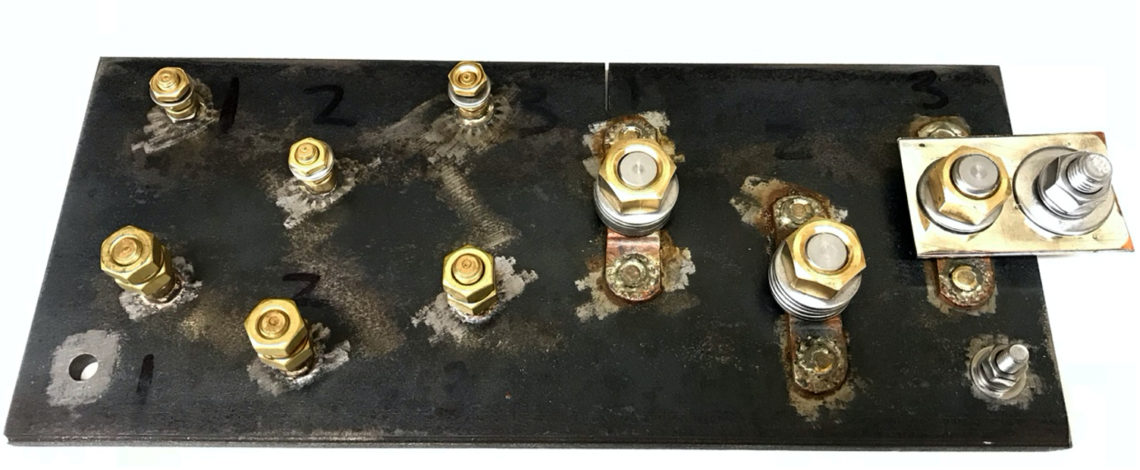
Figure 1: Test Plate with BAC’s M8 and M12 brazed studs
Working in collaboration with Galvotec Corrosion Services, a 14’’ x 6’’ x 3/8’’ test plate was prepared which included three samples of each of the following pins: M8 pin BAC part number 278-190-0430 and M10 pin BAC part number 278-190-3731.
Galvotec Corrosion Services torque tested each of the brazed connections to 10 N-m and measured the resistance to be less than 0.1 mW between each stud and corner of the plate per BAC’s quality control specification. Both of these tests were performed to confirm functionality of the test samples.
Step 2: Fault Testing
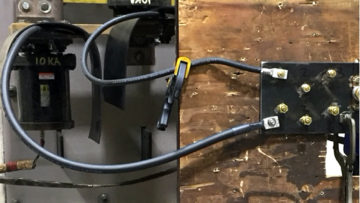
Figure 2: Short Circuit Test Setup
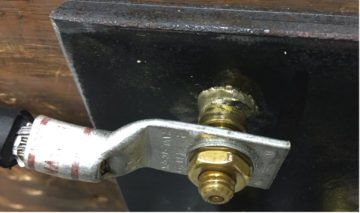
Figure 3: Short Circuit Connection to Brazed Stud
Dairyland performed AC fault testing on the test plate at a high current power lab. For each test, a current source generator was placed across the pin sample under test and the base of the test plate (see Figure 2). Then, a symmetrical 60Hz AC short circuit test between 30 to 36 cycles (500-600ms) was applied to the test sample. After each short circuit test, the pin sample was inspected for any signs of failure to the brazed connection of the pin to the plate.
Step 3: Evaluating the Results
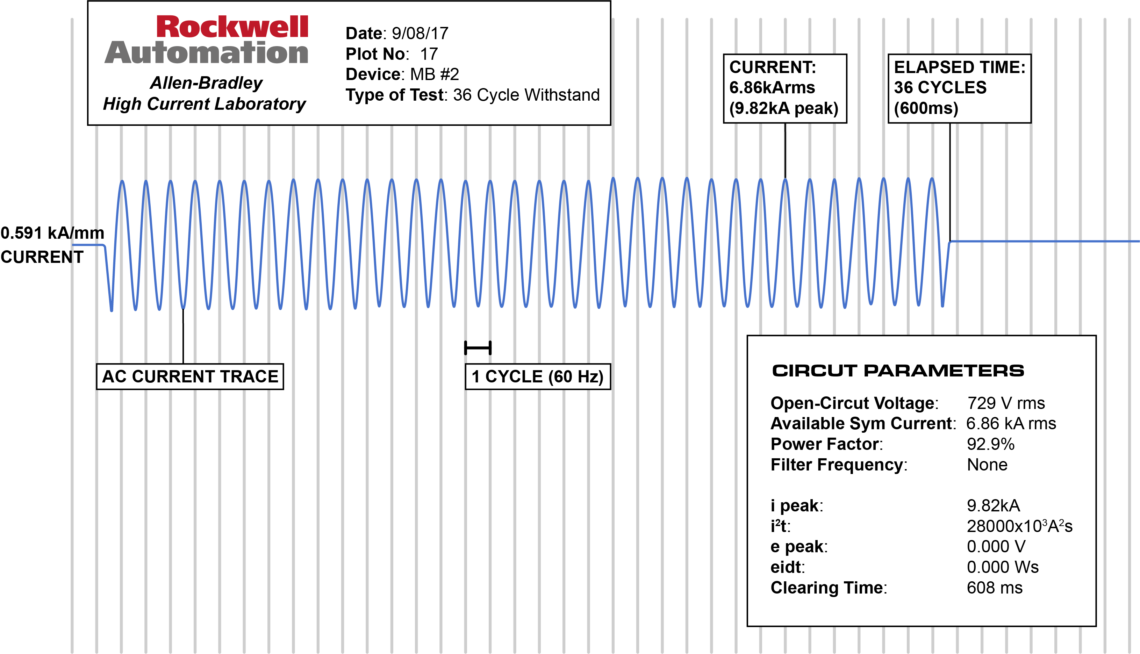
Figure 4: Oscillogram of BAC’s M8 sample subject to 6.8kA/36 cycles
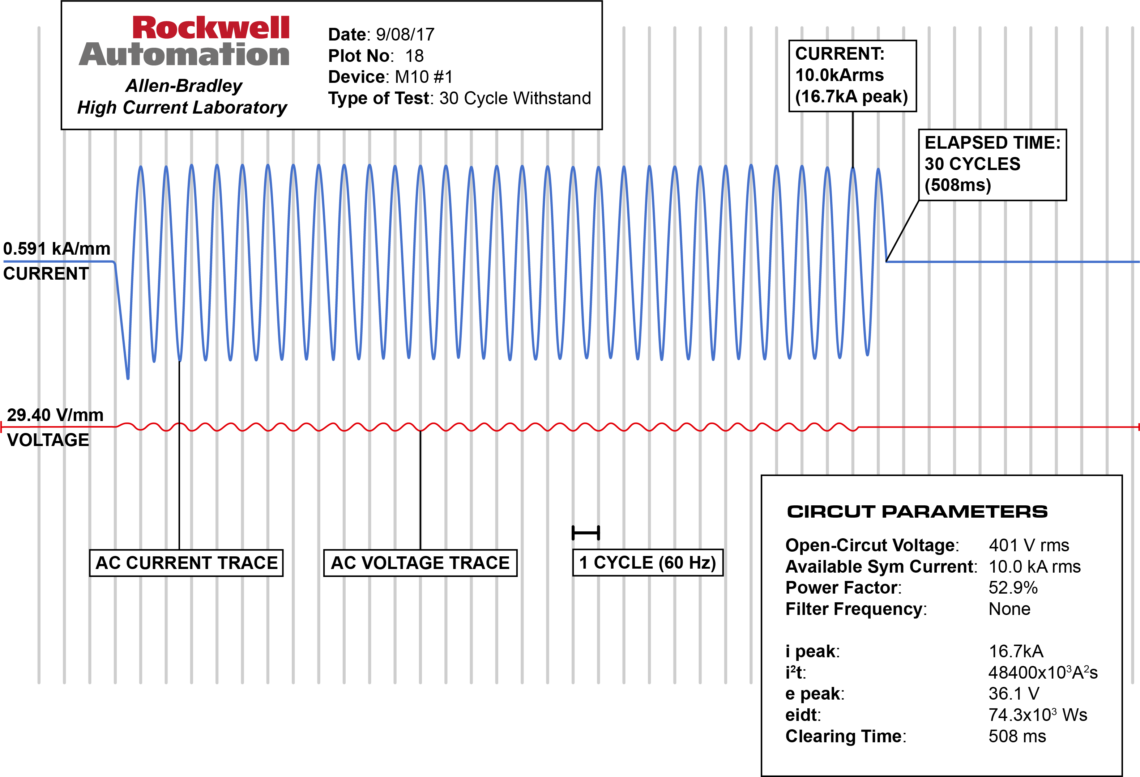
Figure 5: Oscillogram of BAC’s M10 sample subject to 10kA/30 cycles
As can be seen in Figure 4, the BAC M8 pin brazed stud successfully withstood the short circuit fault test at 6.8kArms for 36 cycles (600ms). Similarly, BAC’s M10 pin brazed stud successfully withstood fault current of 10kArms for 30 cycles (500ms) as shown in Figure 5 oscillogram. Note that the blue trace depicts current while the red trace depicts peak AC voltage.
As a result of successful AC fault current testing, it was verified that BAC’s M8 and M10 pin brazed studs meet the ampacity ratings of select Dairyland products.
Recommendations
Dairyland recommends BAC’s M8 pin size to be used with fault ratings up to 5kArms and BAC’s M10 pin size for fault ratings up to 10kArms. See Table 1.
| Dairyland Device Model & AC Fault Rating | BAC M8 Pin | BAC M10 Pin |
| All SSD & OVP2 models rated 1.2KA & 2.0KA | X | X |
| All SSD, PCR, PCRH, OVP, & OVP2 models rated 3.7KA | X | X |
| All SSD, OVP2, PCR, PCRH, & PCRX models rated 5.0KA | X | X |
| All PCR, PCRH, & PCRX models rated 10KA | X |
Table 1: BAC Pins Matched to Dairyland Ampacity Ratings
One of the main benefits of installing decouplers or over-voltage protectors using the pin braze method is that it reduces or completely eliminates the inductance associated with cable length, especially when installing directly across isolation flanges. As a reminder, the inherent inductance with lead length creates large voltage drops during lightning faults, which is estimated to be 3kV per foot of cable length (10kV per meter). Dairyland offers a wide range of accessories (see Table 2) that can be used with pin brazing methods to provide the lowest clamping voltages in the industry.
| Accessory Kit | SSD/OVP2 | PCR | PCRH | PCRX |
| MTS Kit | X | |||
| AP Kit | X | X | X | |
| UFB2 Kit | X |
Table 2. Dairyland Accessory Kits Compatible with Pin Braze Mounting
Note: OVP products may be specified with either an M8 or M10 endcap so they can be directly threaded onto the brazed pin, eliminating the need for additional accessories.
Summary
Dairyland remains committed to our customers and performed this testing to verify the validity of a very popular method of installing our decouplers in a variety of applications. The results of the test were conclusive, demonstrating that even under fault current conditions, BAC’s M8 and M10 pin brazed studs are one of the most effective methods of installing Dairyland decouplers. Using the recommendations provided above to properly select either an M8 or M10 stud, our customers can count on a reliable installation.
If you have questions about this testing, Dairyland offerings, or our commitment to rugged and reliable solutions, please contact us.
Want To Dive Deeper?
Join One of Our Learning Events.
Our event schedule provides you the in-depth product and application training you need to correctly apply Dairyland products.